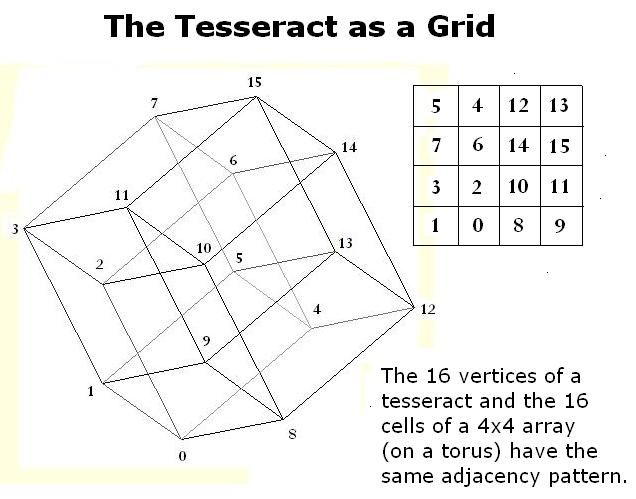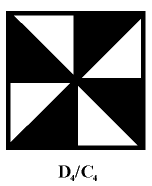The Proof and the Lie
A mathematical lie has been circulating on the Internet.
It concerns the background of Wiles’s recent work on mathematics related to Fermat’s last theorem, which involves the earlier work of a mathematician named Taniyama.
This lie states that at the time of a conjecture by Taniyama in 1955, there was no known relationship between the two areas of mathematics known as “elliptic curves” and “modular forms.”
The lie, due to Harvard mathematician Barry Mazur, was broadcast in a TV program, “The Proof,” in October 1997 and repeated in a book based on the program and in a Scientific American article, “Fermat’s Last Stand,” by Simon Singh and Kenneth Ribet, in November 1997.
“… elliptic curves and modular forms… are from opposite ends of the mathematical spectrum, and had previously been studied in isolation.”
— Site on Simon Singh’s 1997 book Fermat’s Last Theorem
“JOHN CONWAY: What the Taniyama-Shimura conjecture says, it says that every rational elliptic curve is modular, and that’s so hard to explain.
BARRY MAZUR: So, let me explain. Over here, you have the elliptic world, the elliptic curves, these doughnuts. And over here, you have the modular world, modular forms with their many, many symmetries. The Shimura-Taniyama conjecture makes a bridge between these two worlds. These worlds live on different planets. It’s a bridge. It’s more than a bridge; it’s really a dictionary, a dictionary where questions, intuitions, insights, theorems in the one world get translated to questions, intuitions in the other world.
KEN RIBET: I think that when Shimura and Taniyama first started talking about the relationship between elliptic curves and modular forms, people were very incredulous….”
— Transcript of NOVA program, “The Proof,” October 1997
The lie spread to other popular accounts, such as the column of Ivars Peterson published by the Mathematical Association of America:
“Elliptic curves and modular forms are mathematically so different that mathematicians initially couldn’t believe that the two are related.”
— Ivars Peterson, “Curving Beyond Fermat,” November 1999
The lie has now contaminated university mathematics courses, as well as popular accounts:
“Elliptic curves and modular forms are completely separate topics in mathematics, and they had never before been studied together.”
— Site on Fermat’s last theorem by undergraduate K. V. Binns
Authors like Singh who wrote about Wiles’s work despite their ignorance of higher mathematics should have consulted the excellent website of Charles Daney on Fermat’s last theorem.
A 1996 page in Daney’s site shows that Mazur, Ribet, Singh, and Peterson were wrong about the history of the known relationships between elliptic curves and modular forms. Singh and Peterson knew no better, but there is no excuse for Mazur and Ribet.
Here is what Daney says:
“Returning to the j-invariant, it is the 1:1 map betweem isomorphism classes of elliptic curves and C*. But by the above it can also be viewed as a 1:1 map j:H/r -> C. j is therefore an example of what is called a modular function. We’ll see a lot more of modular functions and the modular group. These facts, which have been known for a long time, are the first hints of the deep relationship between elliptic curves and modular functions.”
“Copyright © 1996 by Charles Daney,
All Rights Reserved.
Last updated: March 28, 1996″
Update of Dec. 2, 2003
For the relationship between modular functions and modular forms, see (for instance) Modular Form in Wikipedia.
Some other relevant quotations:
From J. S. Milne, Modular Functions and Modular Forms:
“The definition of modular form may seem strange, but we have seen that such functions arise naturally in the [nineteenth-century] theory of elliptic functions.”
The next quote, also in a nineteenth-century context, relates elliptic functions to elliptic curves.
From Elliptic Functions, a course syllabus:
“Elliptic functions parametrize elliptic curves.”
Putting the quotes together, we have yet another description of the close relationship, well known in the nineteenth century (long before Taniyama’s 1955 conjecture), between elliptic curves and modular forms.
Another quote from Milne, to summarize:
“From this [a discussion of nineteenth-century mathematics], one sees that arithmetic facts about elliptic curves correspond to arithmetic facts about special values of modular functions and modular forms.”
Serge Lang apparently agrees:
“Elliptic functions parametrize elliptic curves, and the intermingling of the analytic and algebraic-arithmetic theory has been at the center of mathematics since the early part of the nineteenth century.”
— Editorial description of Lang’s Elliptic Functions (second edition, 1987)
Update of Dec. 3, 2003
“The theory of modular functions and modular forms, defined on the upper half-plane H and subject to appropriate tranformation laws with respect to the group Gamma = SL(2, Z) of fractional linear transformations, is closely related to the theory of elliptic curves, because the family of all isomorphism classes of elliptic curves over C can be parametrized by the quotient Gamma\H. This is an important, although formal, relation that assures that this and related quotients have a natural structure as algebraic curves X over Q. The relation between these curves and elliptic curves predicted by the Taniyama-Weil conjecture is, on the other hand, far from formal.”
— Robert P. Langlands, review of Elliptic Curves, by Anthony W. Knapp. (The review appeared in Bulletin of the American Mathematical Society, January 1994.)


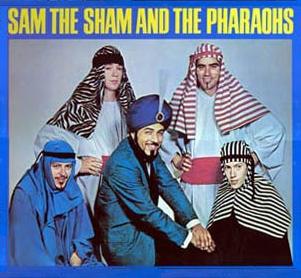


















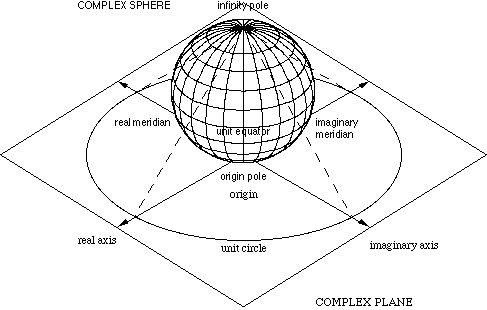





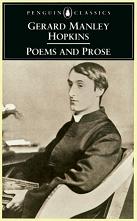




 “Imaginary time is a relatively simple concept that is rather difficult to visualize or conceptualize. In essence, it is another direction of time moving at right angles to ordinary time. In the image at right, the light gray lines represent ordinary time flowing from left to right – past to future. The dark gray lines depict imaginary time, moving at right angles to ordinary time.”
“Imaginary time is a relatively simple concept that is rather difficult to visualize or conceptualize. In essence, it is another direction of time moving at right angles to ordinary time. In the image at right, the light gray lines represent ordinary time flowing from left to right – past to future. The dark gray lines depict imaginary time, moving at right angles to ordinary time.”















